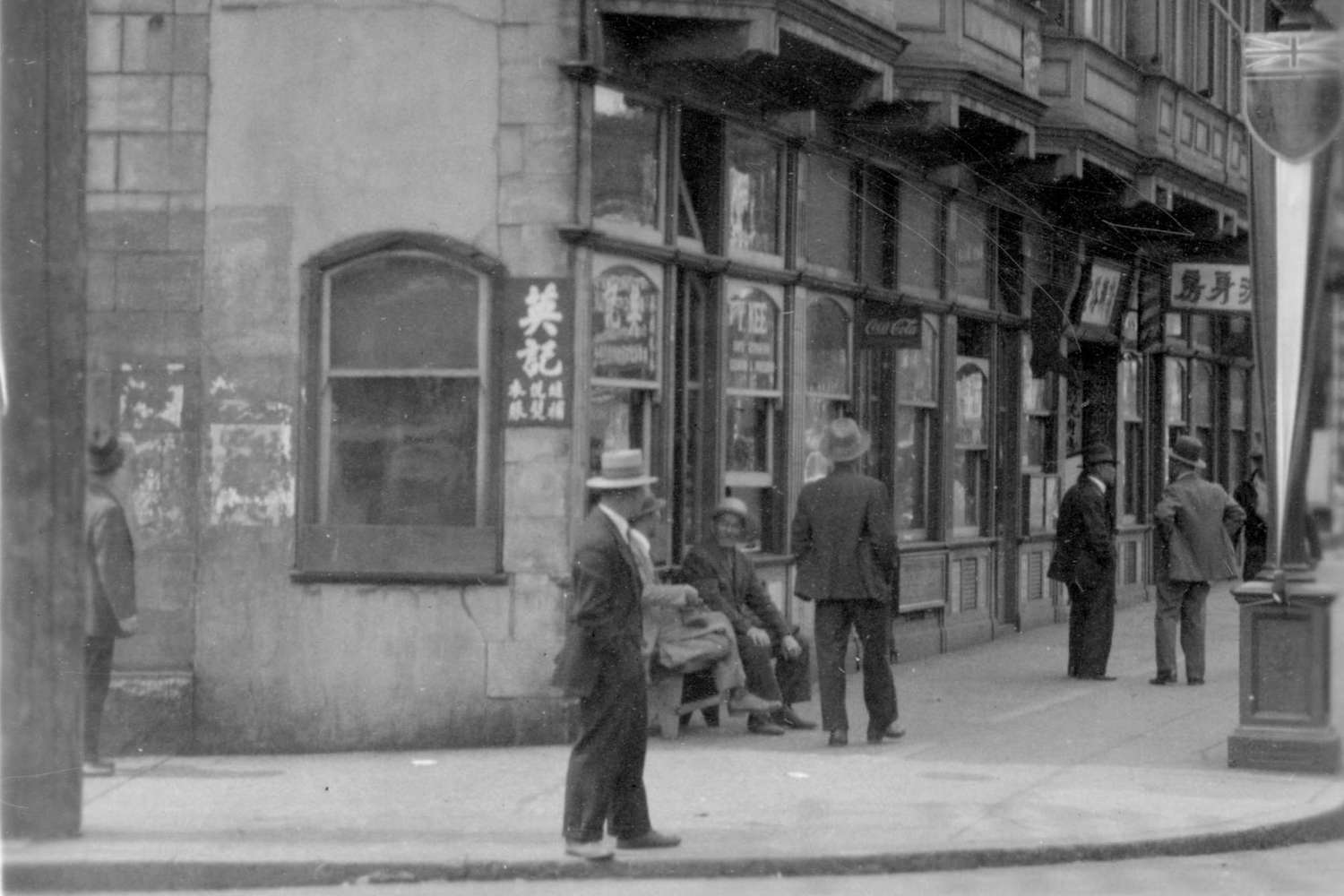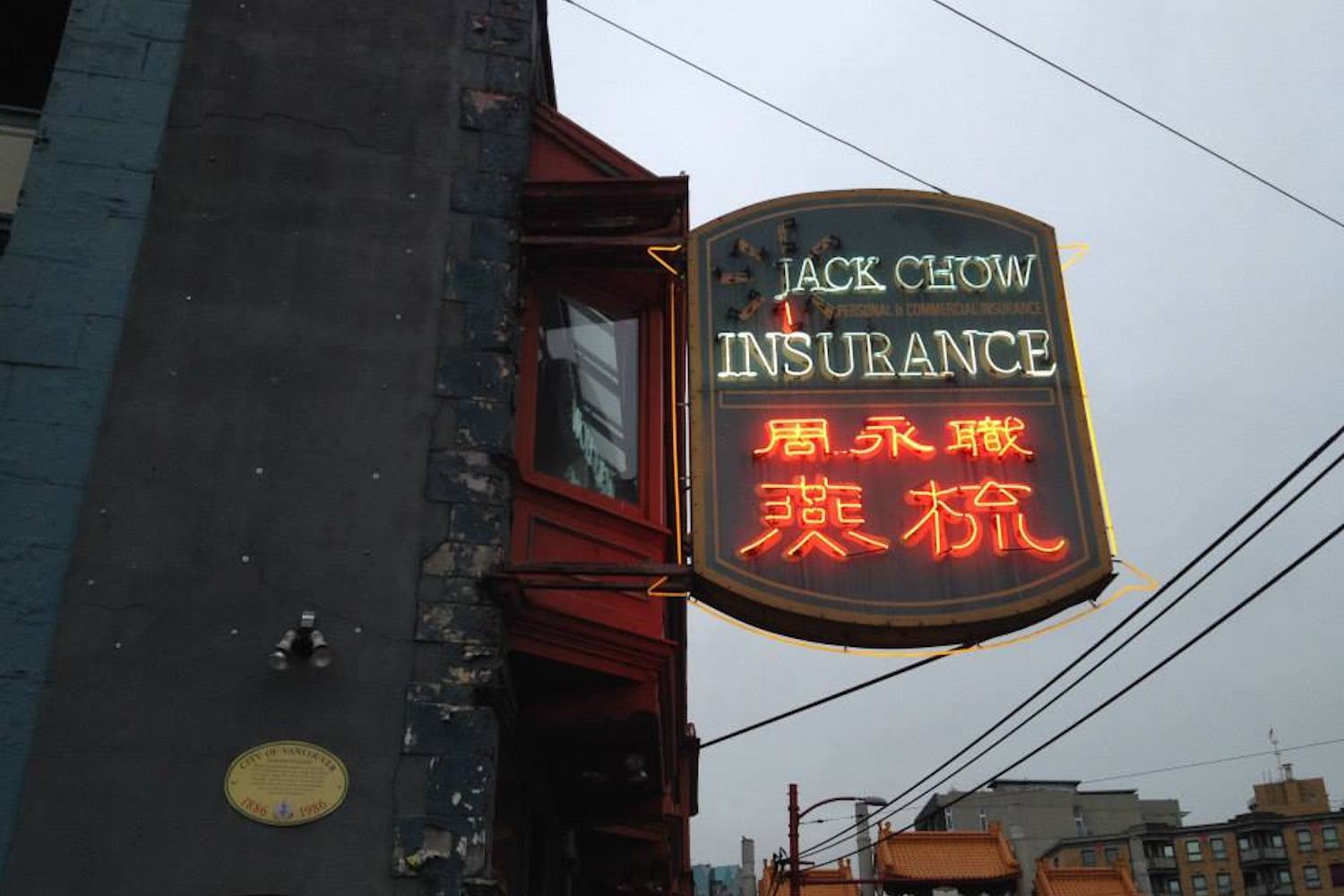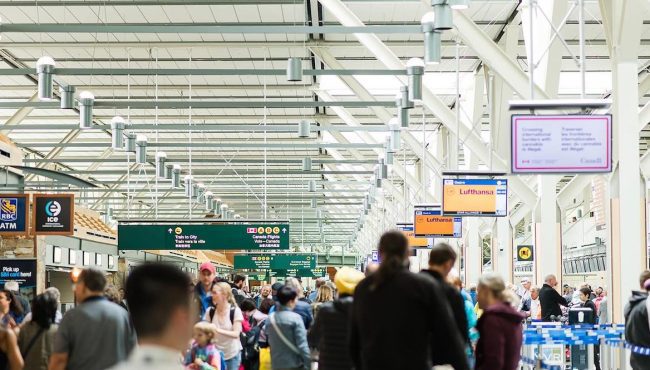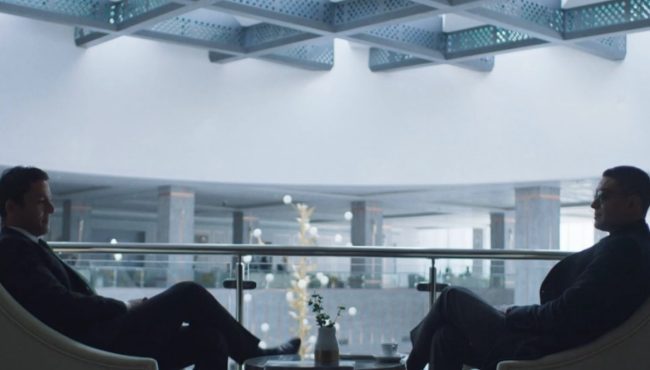Chances are high that you’ve already heard about the super skinny building that has stood in Vancouver’s Chinatown neighbourhood for over a century. But, do you know the story behind it? We didn’t, which is why we decided to look into the history of the world-famous Sam Kee Building.

The story starts in 1903, when the prominent businessman Chang Toy (also known as Sam Kee, and probably the guy on the right in the above picture) purchased some lots in Vancouver’s Chinatown. Chang Toy had originally immigrated to British Columbia in 1874, working as a contract labourer. However, he was quickly able to start his own companies, and the import/export business Sam Kee Company was up and running by the early 1890s.

Anyway, one of Toy’s lots interfered with the widening of Pender Street in 1912. So, he either sold the land back to the city, or it was taken from him with compensation. Although, we have to say that what he did with the land after leads us to believe that he didn’t really want to sell it.
Related Posts:
The best Canadian movies you can stream ahead of National Film Day
10 amazing spring viewpoints you can find around Vancouver

Because soon after selling, Toy hired the architecture firm Bryan and Gillam to transform the 1.8m (5’11”) wide lot into a fully functional 3-storey building. At an absolutely astounding 4’11” wide on the ground floor, the building has long been recognized as the skinniest commercial building in the world.

But due to its length, and an extended basement that went under the sidewalk, a number of local businesses were able to fit in the space. This includes everything from barbershops in the basement to offices upstairs. Really, the building speaks to the ingenuity and resiliency of Chinese community during that time period.

Things pretty much continued like that until the mid-1960s, when the architecture firm Birmingham and Wood purchased the building. Lucky for us, the building stayed intact while they were there and while it was on the market afterwards (the above photo shows a for sale sign back in 1972).

Possibly because of the ’86 Expo, it was decided that the building would receive a historical renovation, and the Jack Chow Insurance Company bought the property that same year. Jack Chow Insurance has occupied the building since then, and decided to install lights and windows to truly showcase the interior back in 2015. They’re important in their own right too for Chinatown- they were one of the first to bring neon signs back to the area.

But, that’s a story for another time! Now, you’ve got a little more to talk about when your friends ask what hidden treasures Vancouver has waiting for them.





